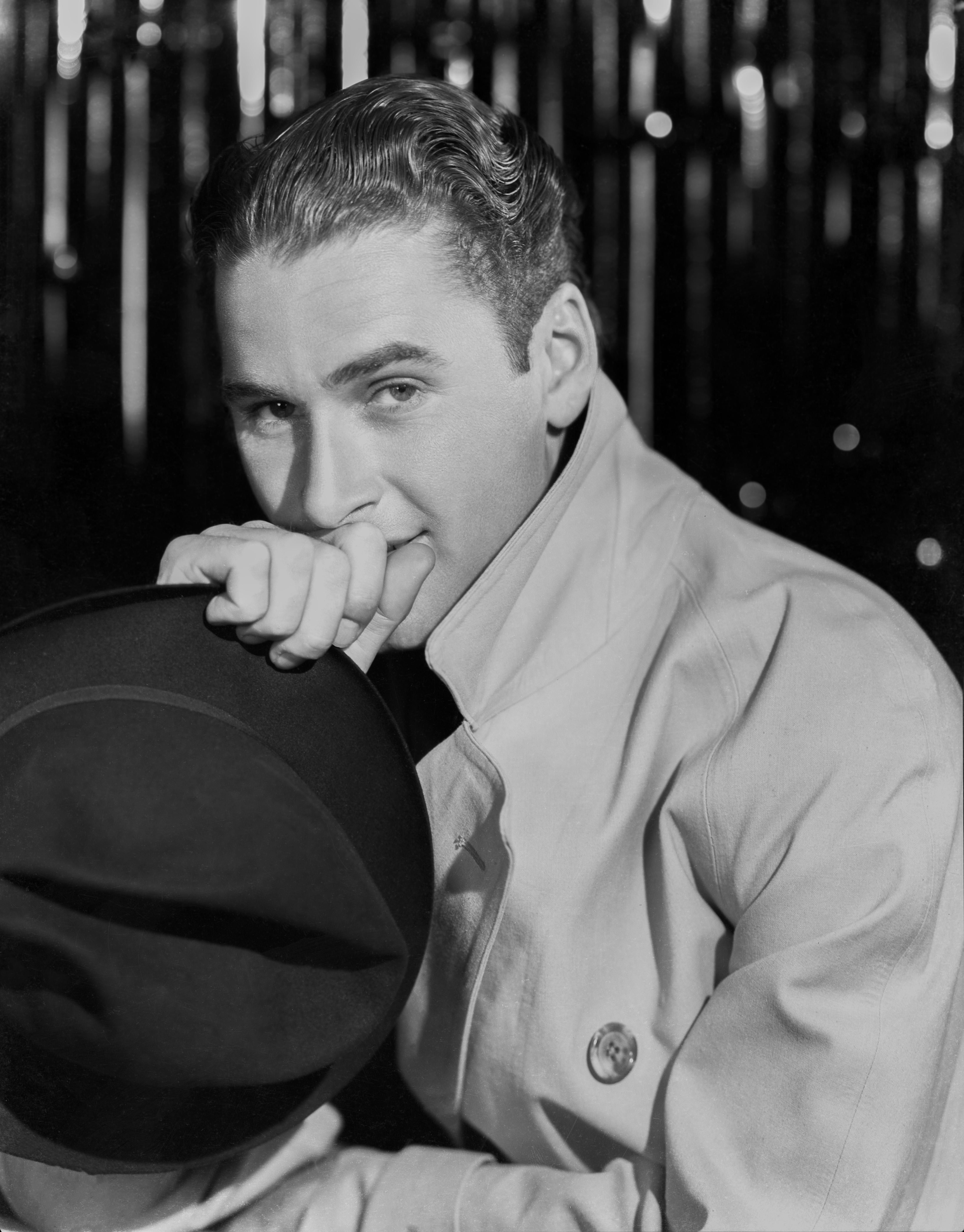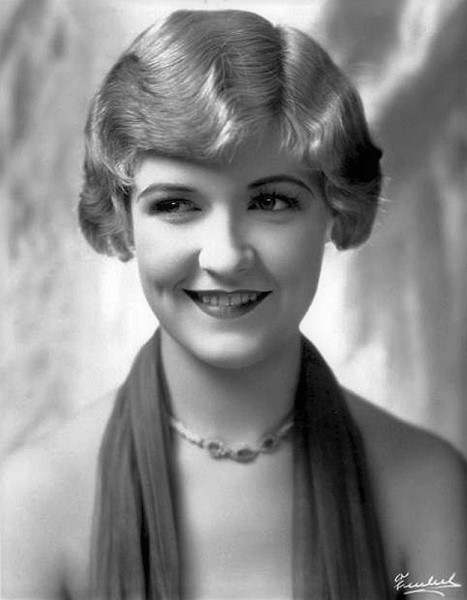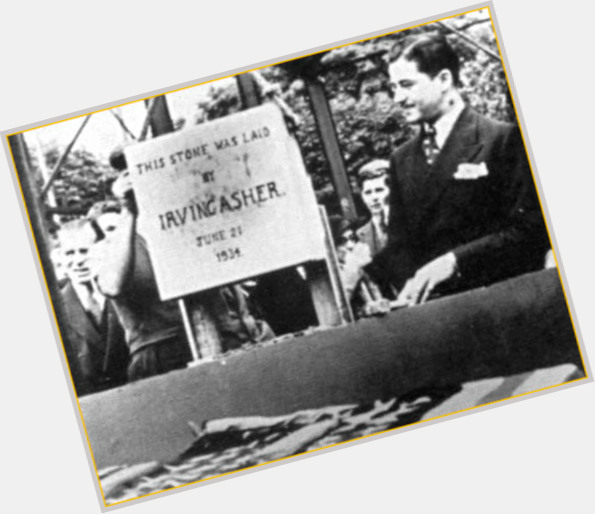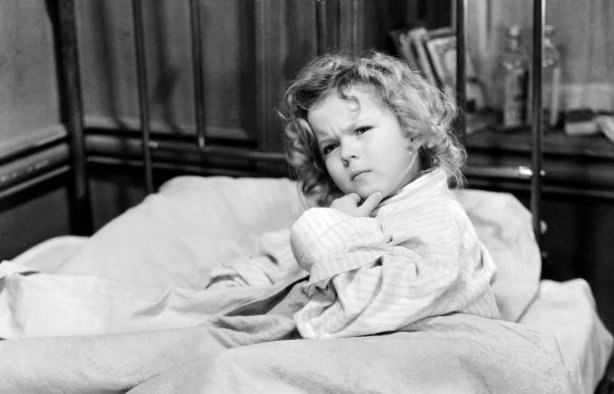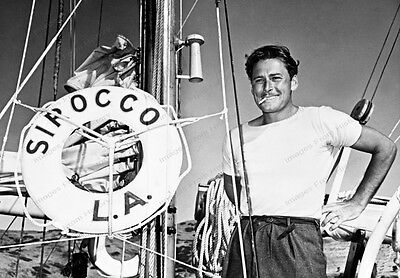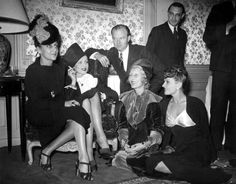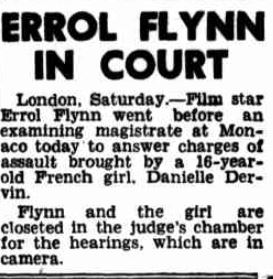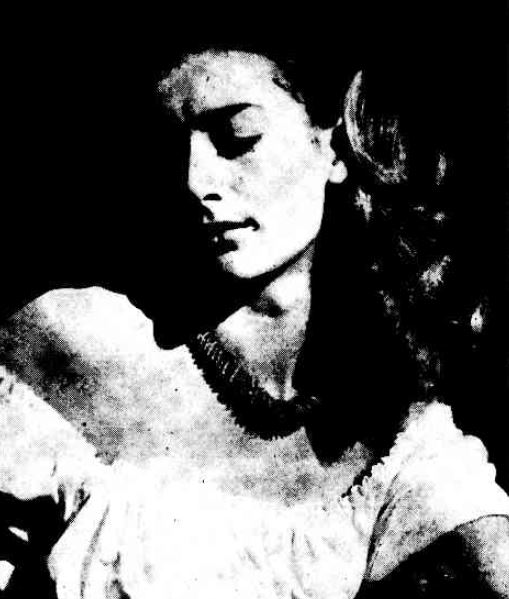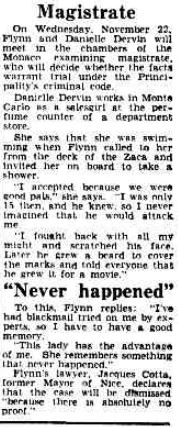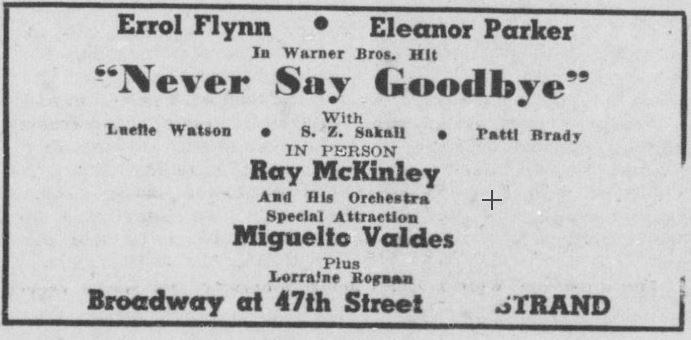November 26, 1942
New York Times

…
The robust glamour of the early days of prize-fighting, when the burly, muscle-bound practitioners of bareknuckle mayhem slugged, kicked, bit and clawed one another into submission under the guise of sport, has been recreated in most of its gory glory in “Gentleman Jim,” which opened last evening at the Strand. Though it is primarily a fight-fan’s delight, this lusty Warner Brothers film biography of the life and times of James J. Corbett, who danced his way to fistic immortality and introduced a note of refinement into the fight game, has Errol Flynn in the title role and enough other good qualities as an entertainment to make it a satisfying show for anybody’s money.
For here is not only the story of a great and colorful ring personality but a vividly illustrated album of a once outlawed sport at which the spectator was wont to keep one eye on the gladiators, the other peeled for the raiding police. With Raoul Walsh pulling the directorial reins, the action is sharply pointed most of the way, particularly in the fight sequences. Naturally the highpoint of the drama is Corbett’s historic meeting with the mighty John L. Sullivan at New Orleans on Sept. 7, 1892. If the original battle was as good as that served up by the Warners, then it surely must have been a corker. And it is on this triumphant note of Corbett’s remarkable ring career as a scientific boxer and the first heavyweight champion under the present Marquis of Queensberry rules that the film ends.
In recounting Corbett’s professional career, “Gentleman Jim” sticks as close as practicable to the facts, though the principal’s brashness as a youngster around San Francisco’s Olympic Club is accented almost to the point of boorishness. With pardonable, if not commendable, dramatic license, the scenarists have drawn a picture of the Corbett family life that looks rather spurious, especially Alan Hale’s characterization of the elder Corbett as a garrulous old duffer. But if this tale doesn’t always follow the letter of the record in this respect, it at least has a warm, earthy spirit.
Though the Warners probably have their own ideas about the matter, it struck this observer that they overlooked a natural bit of camera business by omitting the first encounter between Corbett and Sullivan in the old San Francisco Opera House, when they went four one-minute exhibition rounds dressed in formal attire. Errol Flynn is to the manner drawn as the impeccable Gentleman Jim, and Ward Bond has the richest role of his long and serviceable career as the blustering Sullivan, whose boast was that he “could lick any man in creation.” Alexis Smith carries the romantic interest very entertainingly, and lesser roles are engagingly played by William Frawley, Rhys Williams, Arthur Shields, Jack Carson, John Loder, Minor Watson and Wallis Clark. “Gentleman Jim” definitely packs an entertaining punch.
GENTLEMAN JIM, screen play by Vincent Lawrence and Horace McCoy, based upon the life of James J. Corbett; directed by Raoul Walsh; produced by Robert Buckner for Warner Brothers. Gentleman Jim Corbett . . . . . Errol Flynn; Victoria (Vicki) Ware . . . . . Alexis Smith; Walter Lowrie . . . . . Jack Carson; Pat Corbett . . . . . Alan Hale: Carleton De Witt . . . . . John Loder; Ma Corbett . . . . . Dorothy Vaughan; Delaney . . . . . William Frawley; Buck Ware . . . . . Minor Watson; John L. Sullivan . . . . . Ward Bond; Harry Watson . . . . . Rhys Williams; Father Burke . . . . . Arthur Shields; George Corbett . . . . . James Flavin; Harry Corbett . . . . . Pat Flaherty; Judge Geary . . . . . Wallis Clark; Mary Corbett . . . . . Marilyn Phillips; Jack Burke . . . . . Art Foster; Charles Crocker . . . . . Harry Crocker; Leland Stanford . . . . . Frank Mayo; Huntington . . . . . Henry O’Hara; Sutro . . . . . Fred Kelsey
A version of this article appears in print on Nov. 26, 1942 of the National edition with the headline: At the Strand.
— Tim
